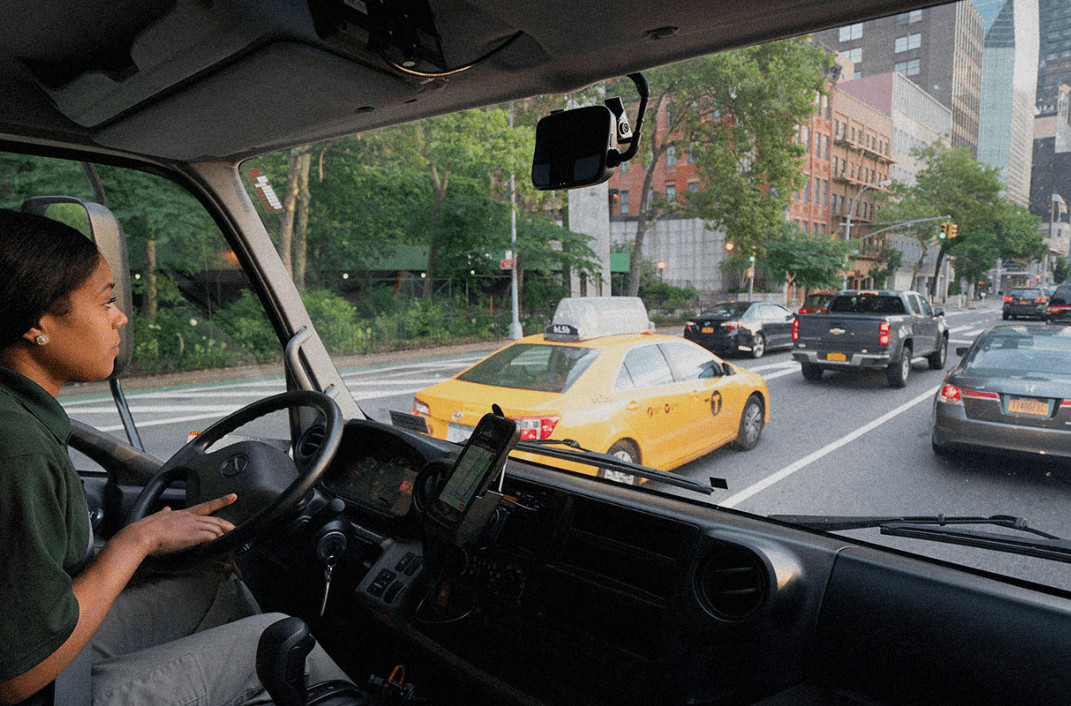At its annual User Group Conference, video telematics company Lytx unveiled its enhanced risk detection tool that will help eradicate distracted driving by identifying and engaging with drivers prone to such behavior. Distracted driving is an ubiquitous problem on U.S. roads, with over 1,000 people injured daily due to high-risk driver behavior.
Lytx leverages machine vision and artificial intelligence technology to enable fleets to understand real-time driver behavior and look to proactively train drivers to improve their driving.
“We identify driving behaviors that are unsafe that eventually will lead to either minor or major collisions. Typically, our customers see a 50-80% reduction in risky driving behavior, depending on the fleet and where they were before,” said Michael Phillippi, the vice president of technology at Lytx. “If they are self-insured, it goes straight to their bottom-line, and if not, they work with one of our insurance partners that help to either subsidize the program or lead to reduced premiums.”
Lytx detects behavior on the edge by having a device inside the cab. Using both the inside and outward-facing lenses, Lytx can identify and trigger alerts on over 60 driver behaviors that are classified as risky driving events. Now with the use of machine vision and AI, Lytx can identify major risky behaviors happening inside the cab, independent of a triggered event.
“The risky behavior our algorithms constantly scan for are hand-held cell phone usage, smoking, eating and drinking, and unbelted driving. We are able to carefully monitor every second of the drive for our customers, as well as be able to engage with the driver to proactively change behavior,” said Phillippi.
Being a dominant player in the video telematics segment, Lytx holds a large and varied data set – in terms of road segments, vehicle types and driving styles – helping them create a risk detection tool that has high efficacy.
“We cover about a billion miles every 10 days, and the initial model that we built was based on over five million videos we recorded. All our vehicles are connected, and we’ve been running these algorithms for about 18 months to improve them continuously,” said Phillippi.
“When the videos come in, we have the machine make assessments of what is happening, which is then validated by humans to make sure the algorithms work properly. When we identify problems, we feed the algorithms with more data to train it in the areas where there is a lack of precision.”
For instance, when the algorithm is expected to identify someone smoking in the cab, it could initially be triggered by people who have a straw in their mouth, painting them to be smokers. But with more data on the shape of cigarettes, smoke within the cab, and possibly the glow of cigarette embers, the machine can definitively identify people who smoke cigarettes.
“The amount of data we have to start with, our ability to use our unique human review capabilities, as well as the connectedness of our network make our product one of the best in the market today,” said Phillippi.
Lytx is also working on more advanced models, which Phillippi termed as “generalized distraction” that can validate cell phone usage even when they are not in view. The feedback over the current risk detection tool has been positive, with several safety managers initially reacting to the findings with shock, as they did not expect the breadth and depth of the distracted driving problem that was in front of them.
Once the scale of the issue was evident, fleets ended up rethinking their safety procedures and existing policies, as they did not entirely reflect the exposure that the companies had on the road.
“For Lytx, developing this solution was a natural progression over the years. We believe it is important to tackle this problem and we are focused on making sure that drivers don’t cause collisions, and if there’s risk involved, it is in our interest to figure out how we take it out of the fleet,” said Phillippi.










